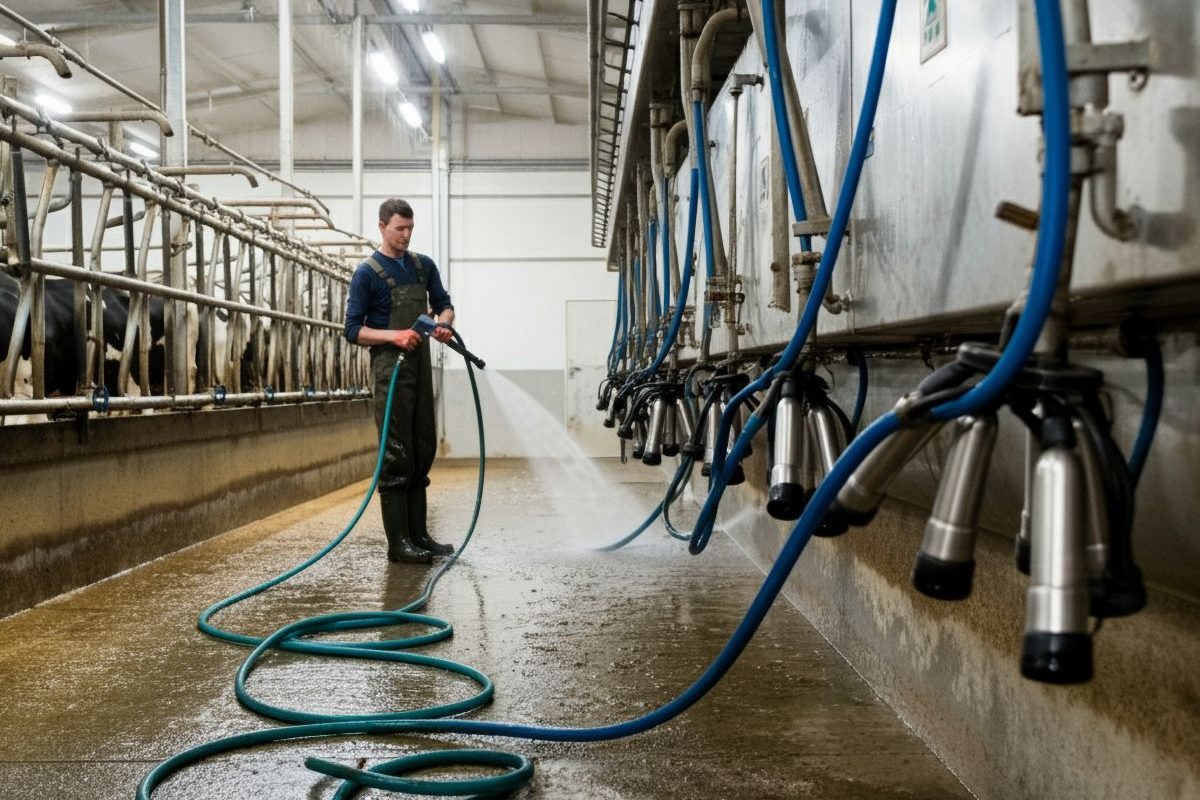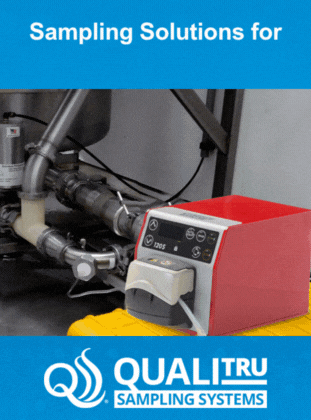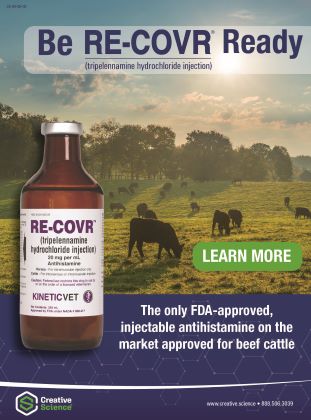Dairy Approved Disinfecting Protocols

Reviewing Dairy Approved Disinfectants and Protocols
Maintaining proper dairy approved disinfecting protocols in dairy environments is a cornerstone to producing food grade products. Beyond maintaining a robust defense of human health, these practices also keep operations within regulatory compliance and producing a quality product.
A clean and sanitary environment helps prevent contamination from common pathogens such as Listeria and Salmonella, among a litany of others. Disinfection protocols also safeguard the integrity of dairy equipment and help producers remain in compliance with the Food and Drug Administration, U.S. Department of Agriculture (USDA), and Pasteurized Milk Ordinance (PMO) requirements. While the general public has very limited knowledge on this component of dairying, they are practices that help protect consumer trust in dairy products.
What Makes Products Dairy Safe?
Not all disinfectants are suitable for dairy environments. Approved products must meet stringent safety and performance standards to protect both food and equipment. A dairy safe disinfectant should meet several benchmarks, according to the Agriculture Institute’s Sanitize Dairy Equipment: Methods and Best Practices.
Food contact approved: These products must be Environmental Protection Agency registered, National Science Foundation listed, and PMO compliant for use on milk contact surfaces.
Non-toxic and residue-free: Should not leave harmful residues that could contaminate milk or dairy products.
Compatible with stainless steel and equipment: Corrosion resistance is necessary to protect milking systems, bulk tanks, and processing lines.
Effective against dairy pathogens: Must provide reliable control of bacteria, fungi, and biofilm forming organisms that commonly occur in dairy environments.
Common Disinfectant Types in Dairies
The major key compounds found under a variety of brands and products used in dairy are chlorine, peracetic acid (PAA), quaternary ammonium compounds (Quats), hydrogen peroxide, and iodophors. These disinfectant types range in a variety of applications from cleaning milking equipment and pipelines to preventing mastitis through teat dips and surface sanitization. They target a wide range of pathogens including bacteria, viruses, fungi, and even spores, preserving milk quality and animal health while adhering to food safety standards.
Chlorine
Chlorine, often in the form of sodium hypochlorite or bleach, is a staple for no-rinse sanitization of milking equipment and surfaces. It offers broad spectrum antimicrobial action but demands precise dosing to minimize residues or harmful byproducts like chloroform. PAA, a biodegradable oxidizer, shines in the final stages of clean-in-place (CIP) cycles for equipment, effectively dismantling biofilms and tackling tough contaminants like spores.
It’s frequently paired with hydrogen peroxide for enhanced potency. Quats act as a surfactant based sanitizer that leaves a lingering protective film on treated areas, making them ideal for non-corrosive cleaning in food processing environments.
Hydrogen peroxide serves as a versatile, eco-friendly option, particularly in teat dips and equipment rinses, where it combats mastitis culprits such as Staphylococcus aureus and E. coli. Noteworthily, its full biodegradability makes it a go-to for organic dairies.
Iodine
Iodine-releasing agents called iodophors dominate pre- and post-milking teat disinfection routines, delivering reliable broad-spectrum protection while also aiding in equipment washes.
While these form the core lineup, several other compounds round out the toolkit for specialized needs. Chlorine dioxide, generated on-site from sodium chlorite, excels in water system treatments and CIP applications at low concentrations (0.3–15 mg/L), offering superior biofilm penetration with fewer byproducts.
Chlorhexidine, a biguanide antiseptic, is favored in teat dips and scrubs at 0.5–2% strengths for its robust defense against bacteria and fungi. Its challenges are reduced efficacy in hard water or fabric discoloration. Lactic acid, an organic pH-lowering agent, finds a niche in teat sanitizers (often at 2–5% blends) for its dermogenic conditioning properties and suitability in organic settings, helping curb mastitis without harsh residues.
Niche alternatives like triamines (for low-foam, stable disinfection), alcohols such as ethanol (for quick spot-cleaning in dry zones), and phenolics (for intensive farm biosecurity) may supplement these, but they typically require thorough rinsing to prevent milk contamination. To combat evolving microbial resistance, experts recommend rotating disinfectants across cycles.
Keep in mind that selections can shift based on context. For example, organic certifications might prioritize biodegradable options, while regional regulations could impose unique restrictions. By blending these compounds strategically, dairy producers can safeguard operations against contamination risks throughout the year.
Generalized Disinfection Protocols
A typical dairy sanitation cycle involves multiple stages to ensure effective removal of residues and microbial contaminants, aligning with established guidelines from organizations like the USDA.
The process begins with a pre-rinse using lukewarm water (around 104–122°F) to flush out bulk milk residues, soils, and loose debris from equipment, preventing them from hardening and complicating later steps. This is followed by a detergent wash, where an alkaline detergent targets fats and proteins, or an acid-based one addresses mineral deposits like milkstone, typically circulated at 70–85°C for 10–15 minutes in CIP systems to break down organic buildup. An intermediate rinse with clean, warm water then removes detergent residues to avoid chemical interactions or foaming issues during subsequent phases.
The core of the cycle is disinfection, where an approved agent, like chlorine, PAA, or iodophors, is applied at the recommended concentration (e.g., 50–200 ppm for chlorine) and contact time (5–10 minutes) to eliminate pathogens like E. coli and Salmonella.
Finally, a post-rinse with potable water may be required depending on the disinfectant. There are no-rinse options like PAA or certain Quats that streamline operations by breaking down into harmless byproducts, reducing water use and labor. Overall, these steps make a full spectrum seven-phase protocol in many facilities, including assembly checks and drying, to maintain sanitary conditions and comply with effluent regulations.
Critical Areas to Disinfect
Prioritizing disinfection in high risk zones is essential for biosecurity and milk safety, focusing on both direct contact points and indirect contamination sources. Milking equipment, including teat cups, lines, clusters, and pulsators, demands rigorous attention as biofilms can harbor mastitis causing bacteria. These are sanitized post-milking and pre-use to prevent cross-contamination.
CIP systems—which include pipelines, pasteurizers, bulk tanks, and vats—require automated cycles to target hidden crevices and prevent milkstone accumulation that fosters microbial growth.
Bulk tanks and storage silos also need vigilant monitoring, with regular acid washes to dissolve deposits and hot water sanitization to inhibit spoilers like Listeria. Utensils and small tools, such as strainers, buckets, and sampling devices, should be disassembled and immersed in disinfectant solutions daily to avoid residue transfer. Beyond equipment, environmental surfaces like floors, drains, walls, and high touch areas (think often overlooked places like switches, door handles, and boot dips) must be addressed to curb the pathogen spread in the parlor or processing areas, where dust and moisture can amplify risks.
Frequency
Adhering to a structured cleaning schedule minimizes downtime while maximizing efficacy, with protocols tailored to usage intensity and risk levels. Daily routines cover all food-contact surfaces and milk handling equipment: pre- and post-milking rinses, washes, and disinfections for parlor components, often twice daily in high volume operations to combat rapid bacterial multiplication. Bulk tanks receive a full cycle after each emptying, while utensils undergo immersion or manual sanitization per shift.
For deeper maintenance, weekly or monthly deep cleans target hard-to-reach areas, such as pipeline interiors or drain traps, incorporating acid washes or biofilm-specific agents like enzymes to dismantle persistent films. Water troughs and feed bunks might see weekly scrubs, with master sanitation schedules logging activities to ensure compliance and track trends like seasonal residue spikes. This tiered approach, combined with visual inspections and adenosine triphosphate swabbing, supports consistent hygiene without overburdening operations.
Sustainability Considerations
Modern dairy operations increasingly prioritize sustainability in cleaning and disinfection, weaving environmental stewardship into core practices to cut costs, meet regulatory demands, and even appeal to eco-conscious consumers.
Key strategies start with selecting biodegradable products, such as enzyme-based cleaners or low-phosphate detergents, which degrade quickly without harming aquatic life or soil microbiomes, offering a greener alternative to traditional chemicals. Reducing water use is another pillar: optimized CIP cycles with reduced-rinse formulations and water recycling systems can slash consumption by up to 50%, while heat recovery from rinses boosts energy efficiency.
Proper wastewater management rounds out these efforts, involving neutralization of residues via pH adjustment before discharge and treatment to protect local ecosystems from antimicrobial runoff. Be sure you are up to date with protocols in accordance with your local environmental agencies.
December 2025
By Jaclyn De Candio for American Dairymen
More Cattle Industry News found here
If you enjoy the Outdoors stop by the Iowa Sportsman




